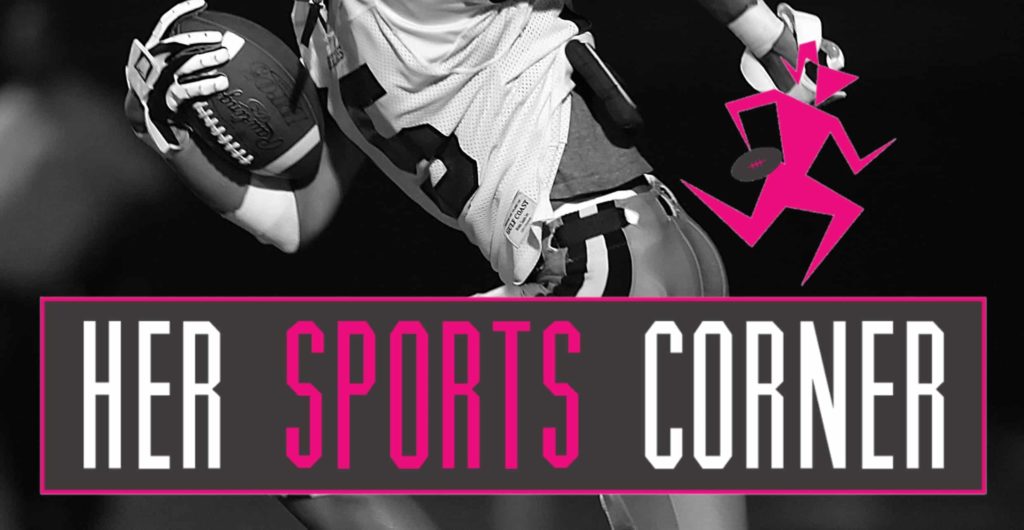There are a total of 11 offensive linemen on the field at all times. To understand the game, it’s important to know each position and what they do.
- Quarterback (QB): This player is the most important on the field and looked up to by his entire team. He’s the guy who brings everyone together in a huddle and picks the plays. Standing behind the center, when the offensive line is set, he catches the ball from the center and either hands it off, passes, or runs the ball himself.
- Center (C): This position is simple to follow. He stands in the middle of the offensive line in front of the quarterback. After a huddle, he places the ball on the ground between his legs and waits for the quarterbacks signal to begin the play. When the play starts, the center throws the ball back to the quarterback and then will act as a distraction to the defense or block for the quarterback. This is his job and his job alone throughout the entire game.
- Fullback (FB): The fullback stands in the backfield behind the quarterback and in front of a running back. He has a big build and is typically a short-distance sprinter, allowing him to properly block for either the running back or the quarterback, depending on the play.
- Running Back (RB): The running back stands behind the fullback, making him the last player in the backfield. He will either be handed the ball from the quarterback, catch a pass, or be an additional blocker. Once the ball is in his hands, the running back “rushes,” or runs, the ball down the field as fast and as far as he can. Running backs are also known as halfbacks or tailbacks.
- Wide Receiver (WR): Wide receivers, or just “receivers,” are some of the quickest players on the field. They stand at the ends of the offensive line. Their purpose is to catch passes from the quarterback by outrunning the defense. A play can involve two to four wide receivers at once.
- Tight End (TE): The tight end can be used in two roles, to block or to act as a wide receiver. For this reason, he must have a build to hold the defense off while also having the ability to run fast and for long distances. The tight end can be next to the left or right tackle or on either side of the quarterback.
- Left Guard and Right Guard (OG for Offensive Guard): These two players are there for protection. Both have a big build to block for either the quarterback or for whoever possesses the ball. The guards stand in the middle of the offensive line on either side of the center.
- Left Tackle and Right Tackle (OT for Offensive Tackle): These players must be quick on their feet. A tackle’s job is primarily to protect the outside of the offensive line, standing between the wide receiver and the guard. If a play is set up so a wide receiver will get the pass, the tackle will stay close by the receiver’s side. If they see a defender going directly for the quarterback for what’s called a “blitz,” they must make a last-minute decision to protect the QB before anyone else.
Article written by: Emma Rusnak

